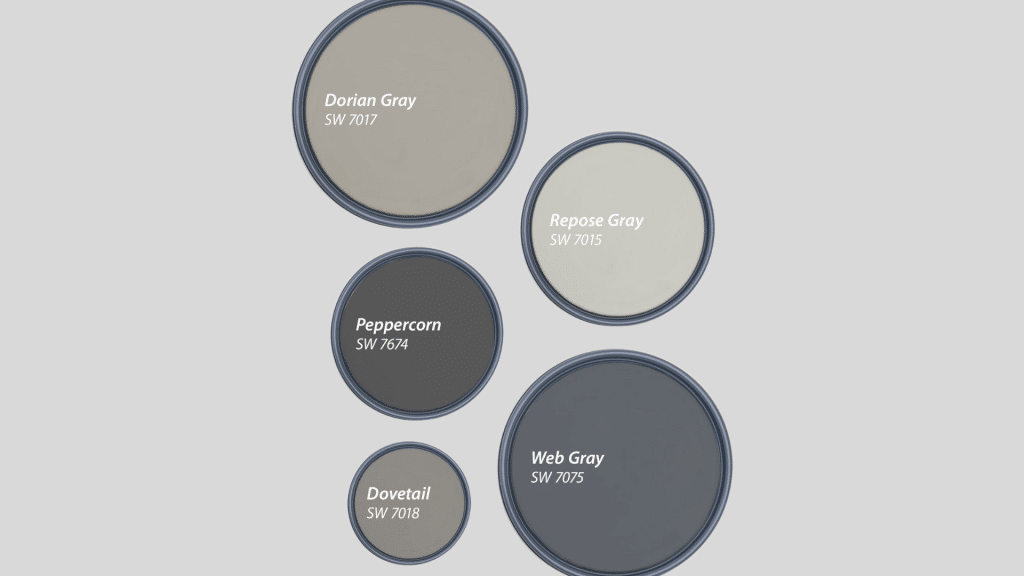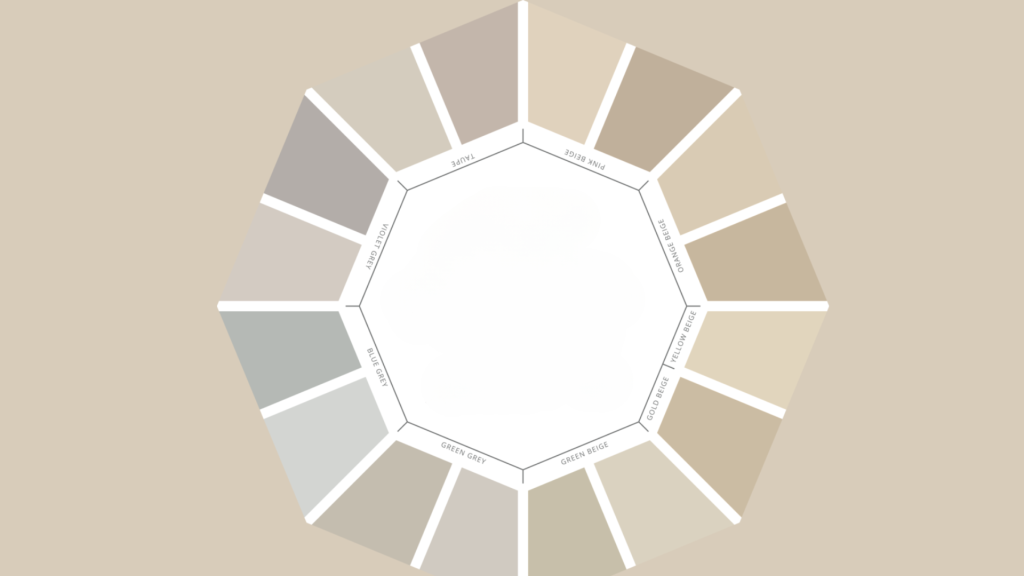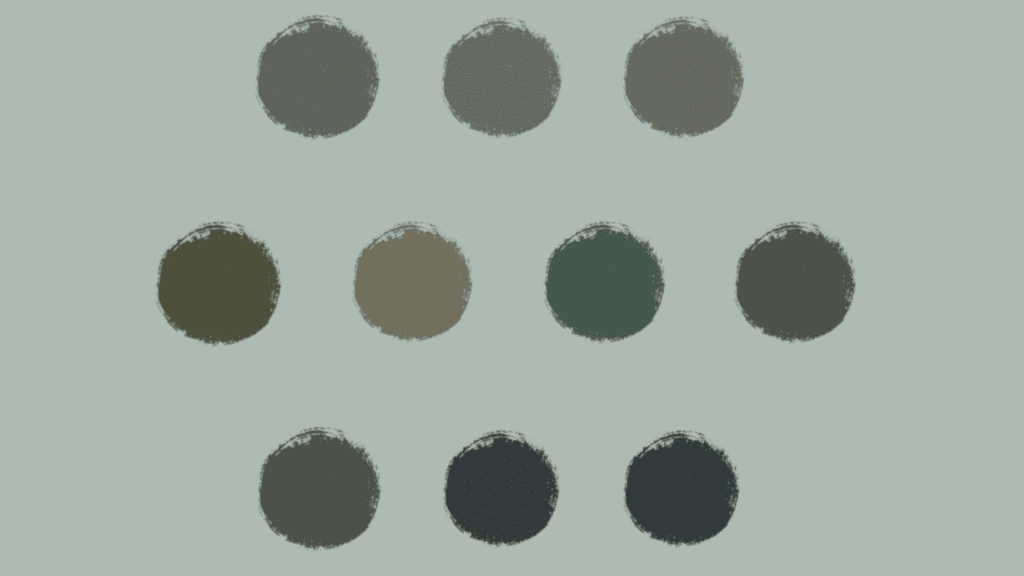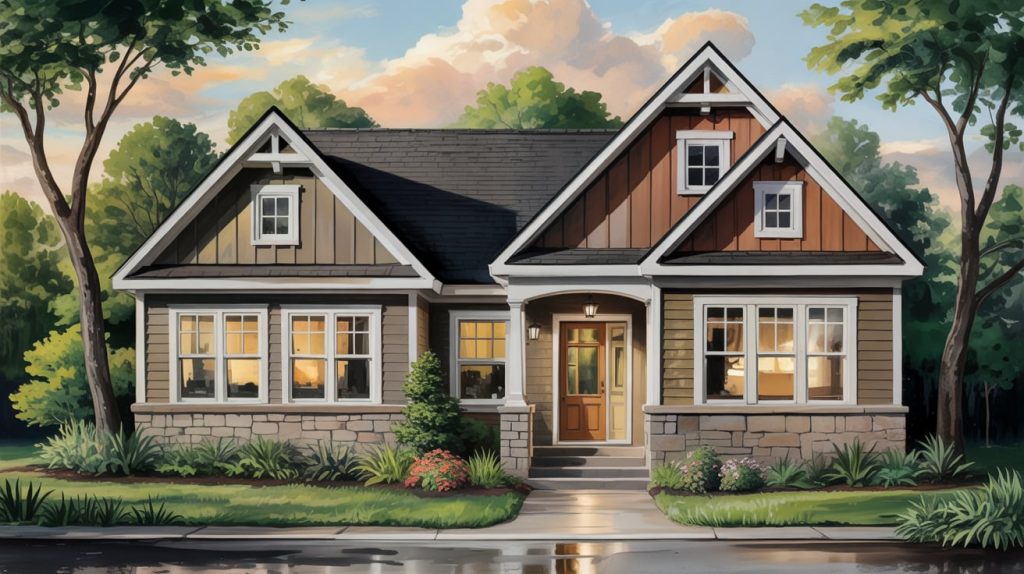You’ve picked the perfect siding, chosen the ideal roof, and selected beautiful trim—but have you thought about your foundation color? Most homeowners skip this step.
Your foundation creates the base impression of your entire home. The right color can enhance curb appeal, mask imperfections, and unify your exterior design. The wrong shade can make your house look unbalanced or poorly maintained.
This guide will show you how to select the perfect foundation color using proven methods and expert tips. We’ll walk you through color families, explain how to match them with your home’s style, and help you avoid common mistakes that can lead to costly do-overs.
By the end, you’ll know exactly how to choose a foundation color that complements your home’s look and withstands your local weather conditions.
Why Foundation Color Is More Important Than You Think
Most people don’t realize how much a foundation affects their home’s appearance. Your foundation works as a frame for your house.
It holds up the walls and sets the tone for the whole building. When you choose the right color, your home looks more cohesive.
This small detail can boost your home’s worth when it’s time to sell. Buyers notice homes that look well-kept from top to bottom. Smart homeowners choose foundation colors that hide dirt and stains. Darker colors often work best in areas with mud or water marks. This keeps your home looking clean with less work.
The foundation color ties everything together. It connects your siding, roof, garden, and walkways. Think of it as the foundation that helps all other parts of your home’s exterior look cohesive. The right foundation color makes your home feel complete.
It’s not just about looking nice – it’s about making your entire property feel like one cohesive, thoughtful design, rather than a collection of random elements.
Foundation Color Ideas: Popular Shades for Every Home
Probe a variety of foundation color options that can enhance your home’s curb appeal, from timeless neutrals to bold, modern shades. Find the perfect match for your exterior style!
How to Read a Foundation Color Chart
Color charts help you pick the perfect shade for your house base. Warm tones, such as browns and tans, evoke a cozy and welcoming feel. Cool tones such as grays and blues look crisp and fresh. Notice the depth of each color as well.
Deeper colors make bold statements. Lighter colors seem more open and breezy. The best pick blends your taste with your home’s style.
Common Color Families and Their Traits
1. Grays (Charcoal, Slate, Pewter)

Gray tones bring a modern touch to any home. Charcoal offers depth and effectively hides dirt marks. Slate brings a blue hue that complements many siding colors. Pewter sits between light and dark, making it a versatile material.
Gray works as a “new neutral” that feels less boring than tan. These shades clean up nicely with simple washing. They also fade less than other colors in harsh sun.
2. Beiges & Tans (Taupe, Sand, Mocha)

These shades connect your home to its natural setting. Sand tones work in almost any setting and rarely go out of style. Taupe adds a hint of gray to beige, making it feel more current. Mocha brings warmth without being too dark or too light.
These colors hide dust well in dry areas. They also pair nicely with wood, stone, and brick. Most tan shades make homes feel settled and stable.
3. Browns (Cocoa, Terracotta)

Brown tones root your home to the earth. Cocoa creates rich, deep bases that ground taller homes. Terracotta brings warmth and old-world charm to any style. These colors look extra good with green plants around them.
They also hide mud splashes better than lighter tones. Brown tones create a sense of solidity and permanence in homes. They work well in older homes and those with natural themes.
4. Whites and Off-whites

White foundations look clean and bright when new. They create strong lines that set off your home’s shape. Off-whites soften this effect while still maintaining a fresh look. These light shades make small homes seem bigger.
They also work in hot places by soaking up less heat. The main issue? They show every spot and need more washing. However, for those who love the look, the upkeep is worthwhile.
5. Dark Greens, Blues, Blacks

These bold choices make homes stand out—dark green pairs well with brick and wood homes. Navy blue creates a striking base for white or gray siding. Black makes the most modern statement of all. These colors are best suited for newer homes with clean lines.
They need good prep work to stay sharp-looking. Yet they reward you with a unique look that turns heads. They also hide stains very well.
Paint vs. Stain vs. Natural Finish: Which Is Right for Your Foundation?
| Option | Appearance | Durability | Maintenance Needs | Best For |
|---|---|---|---|---|
| Paint | Solid, uniform color | Moderate (5–7 years) | May chip or peel; needs repainting | Concrete, older, or blemished foundations |
| Stain | Highlights natural texture; semi-transparent | High (7–10+ years) | Minimal; may fade slightly over time | Textured foundations, stone/concrete mix |
| Clear Seal / Natural | Bare or lightly tinted, natural stone look | Very High (10+ years) | Low; occasional reapplication for sealing | High-end materials like exposed stone or brick |
Considerations Before Picking a Foundation Color

1. Overall Exterior Color Palette
Consider your home’s full color scheme before selecting a foundation color. Your foundation can be matched to your siding for a seamless look. Or it can differ for visual impact. Try using colors that complement your trim and roof. This helps your home look planned and balanced.
2. Home’s Architectural Style
Each home style works best with certain colors. Traditional homes look good with warm browns and tans. Modern homes often feature cooler tones, such as grays and blacks, for a clean and understated feel. Country homes shine with stone-like shades and soft beiges that evoke a natural and cozy feel.
3. Environment and Lighting
The sun alters the appearance of colors at different times of day. Test colors during morning, noon, and evening. Your area’s weather matters too. In wet regions, darker colors on foundations conceal water spots more effectively. In sunny spots, lighter colors might stay cooler.
4. Neighborhood Aesthetic
Check if your area has rules about home colors. Many communities do. Take a walk to see what colors your neighbors use. You might want to fit in or stand out a bit—but not too much. Your home should feel at home in its setting.
5. Foundation Material
Different materials take color in unique ways. Concrete accepts most paints well. Stone may require special stains to maintain its texture. Brick often looks best when sealed rather than fully painted. Ask at your local paint store about products made for your foundation type.
Key Do’s and Don’ts for Foundation Color Application
| Pro Tips | Mistakes to Avoid |
|---|---|
| Always test before applying full color | Avoid bright or highly saturated colors |
| Choose a slightly darker tone than the siding | Don’t neglect waterproofing or prep work |
| Hire professionals for multi-story homes | Watch out for mold/mildew with lighter colors |
| Ensure proper surface prep for better adhesion | Skipping maintenance or reapplication over time |
Conclusion
Choosing the right foundation color does more than finish your home’s look. It sets the base for your entire property. The color connects your house to the ground it sits on, creating a full picture that feels just right.
Your foundation color helps tell the story of your home. Whether you opted for cool grays to achieve a modern feel, warm tans for a natural look, or rich browns for timeless charm, your choice matters; it reflects your attention to detail and care for your property.
Remember to test colors in different lighting conditions before committing. Select shades that complement your siding, roof, and local climate. Consider upkeep as well – some colors require more frequent cleaning than others.
Take what you’ve learned about color charts, home styles, and material types to make a smart choice. Your home will look better for it, and might even be worth more when it’s time to sell.
What foundation color are you thinking of trying? Share your ideas or finished projects in the comments below!
Frequently Asked Questions
How Often Should I Repaint My Home’s Foundation?
Most foundation paints last 5-7 years before needing a fresh coat.
Can I Paint My Foundation During Winter Months?
It’s best to paint when temperatures stay above 50°F for at least 48 hours.
Will Painting My Foundation Help with Waterproofing?
Regular paint doesn’t stop water, but special waterproof coatings can help protect your foundation.
How Much Does Professional Foundation Painting Typically Cost?
For an average home, expect to pay $800-1,500 for professional foundation painting.


